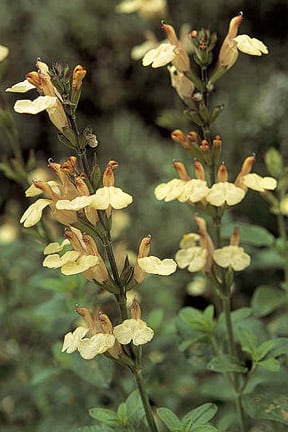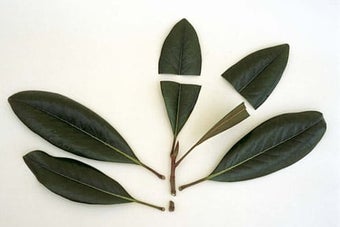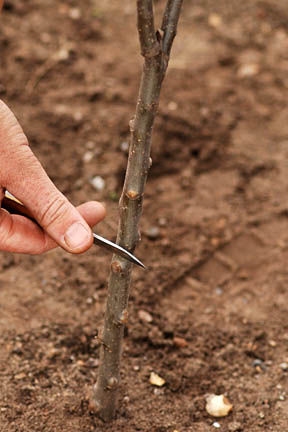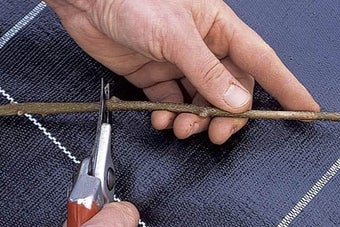
Quick facts
Suitable for - Herbaceous plants, such as Acanthus, oriental poppies and Phlox
Timing - Mid-autumn into winter
Difficulty - Easy
Suitable for...
Root are used to propagate plants that naturally produce suckers (new shoots) from their roots. This technique has several advantages:
- Root cuttings require no special aftercare
- Large numbers of new plants can be generated from each parent plant
- The plants derived from root cuttings are relatively large and vigorous
- Root cuttings are taken in the quiet season in winter when gardeners' hands are not as full as in summer
- Plants from root cuttings are free of foliar pests and pathogens that might affect their parents, such as stem and leaf nematodes.
Herbaceous plants that take well from root cuttings often have thick or fleshy roots. Some plants, such as Papaver andPrimula denticulata, do not take from shoot cuttings, although they will grow well from root cuttings.
A range of herbaceous plants can be propagated from root cuttings. These include Acanthus, Anemonehupehensis, A. x hybrida, Echinops, Papaverorientale (oriental poppy), Phlox, Primuladenticulata and Verbascum.
Also, a few woody plants can be propagated in this way, such as Aesculusparviflora, Ailanthus, Aralia, Catalpa (Indian bean tree), Chaenomeles, Clerodendrum, Robinia, Sophora and Syringa (lilac) and climbers such as Campsis, Passiflora (passion flower) and Solanum.
When to take root cuttings
Root are best taken in mid-to-late autumn or early winter when plants are .
How to take root cuttings
Choose vigorous clumps to propagate. Lift the plant when and wash the roots.
- Select young, vigorous roots, about the thickness of a pencil, and cut them off close to the crown with a sharp knife or secateurs.
- Remove no more than one-third of the root system from the parent plant, and replant the parent plant as soon as possible.
- Discard the thin root end and remove any fibrous roots.
- Cut each root into 5-10cm (2-4in) lengths making a horizontal cut at the upper end and an angled cut at the lower end.
- Fill pots with , such as equal parts peat substitute and gritty sand or .
- Insert the cuttings about 4cm (2in) apart so that the horizontal cut surface at the top of the root is just below the surface of the compost and top dress with a 1cm (3/8in) layer of grit.
- Water the compost lightly and place the pots in a .
- In the following spring, pot up individually when the cuttings show signs of growth and are well-rooted. Grow plants on and plant out the following year.
Choosing roots
Many , such as Japanese anemones, Campanula and Phlox, have thinner roots. Root cuttings should contain enough food reserves (carbohydrates) to ensure survival and regeneration; thin-rooted species therefore require longer root sections of 7.5-12.5cm (3-5in). Lay these horizontally, 2.5cm (1in) apart, cover with 1cm (3/8in) of compost and topdress with grit.
For root cuttings of woody plants carefully dig down to expose part of the root system. Take roots up to finger thickness. Remove any fibrous roots and cut into 5-15cm (2-6in) sections. Then treat in the same way as root cuttings of herbaceous plants.
Root cuttings cannot be used to propagate plants as the new plants will have plain leaves.
Problems
No roots to propagate from: Good roots can be obtained from older plants by lifting them in autumn and trimming top and root growth to within 5–10cm (2-4in) of the crown. Replant in prepared soil to encourage young, vigorous roots for propagating the following autumn.
Plants resenting disturbance: Some plants such as Eryngium and Pulsatilla have long taproots and resent root disturbance. Carefully dig down the side of these plants to access a few roots. Alternatively, in spring, place containerised plants on a 15cm (6in) layer of sand in a box and sever the roots produced in the sand in autumn for use as cuttings.
Preventing rot: Until root are growing strongly and well-rooted take great care not to over-water.






